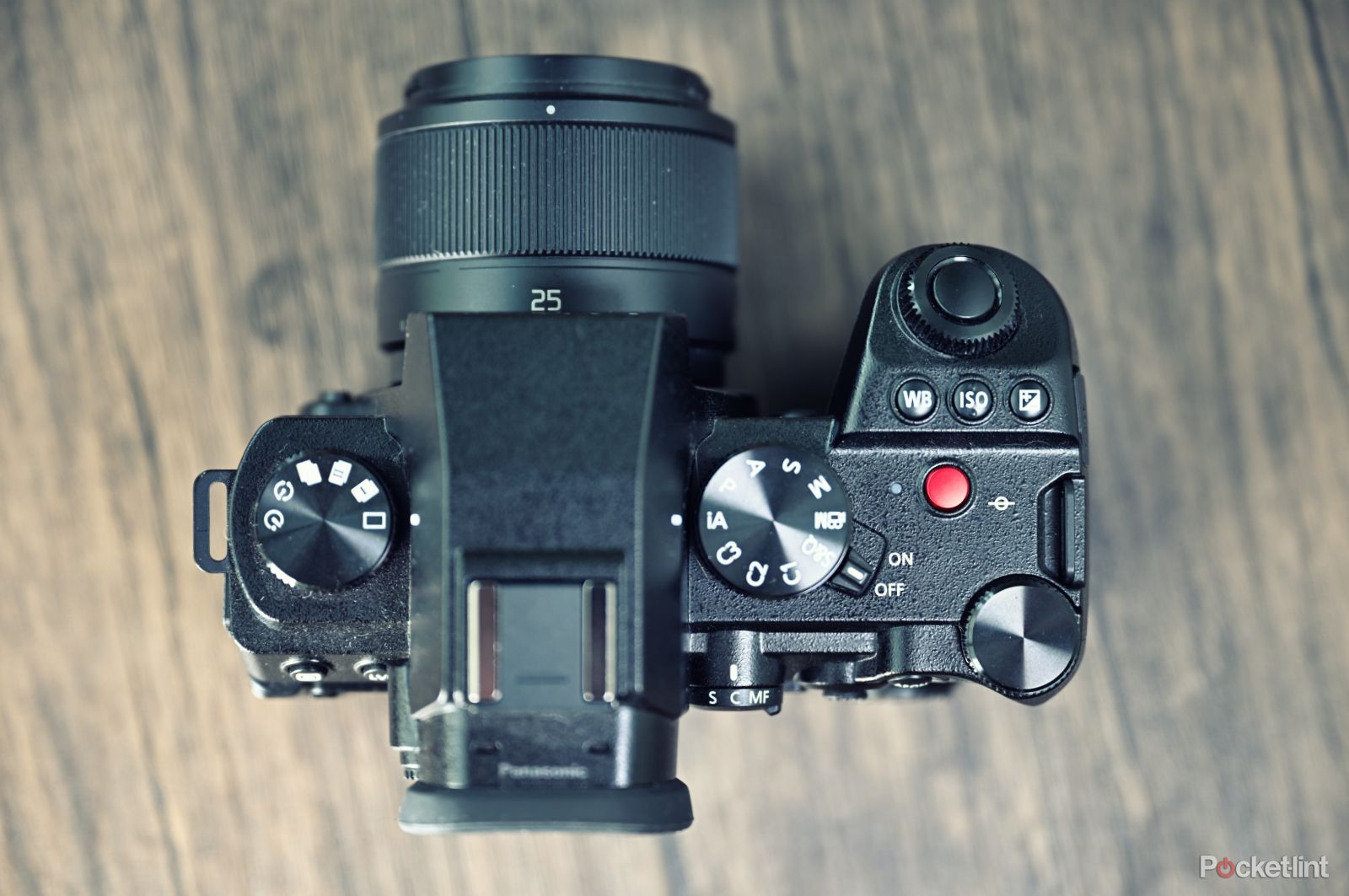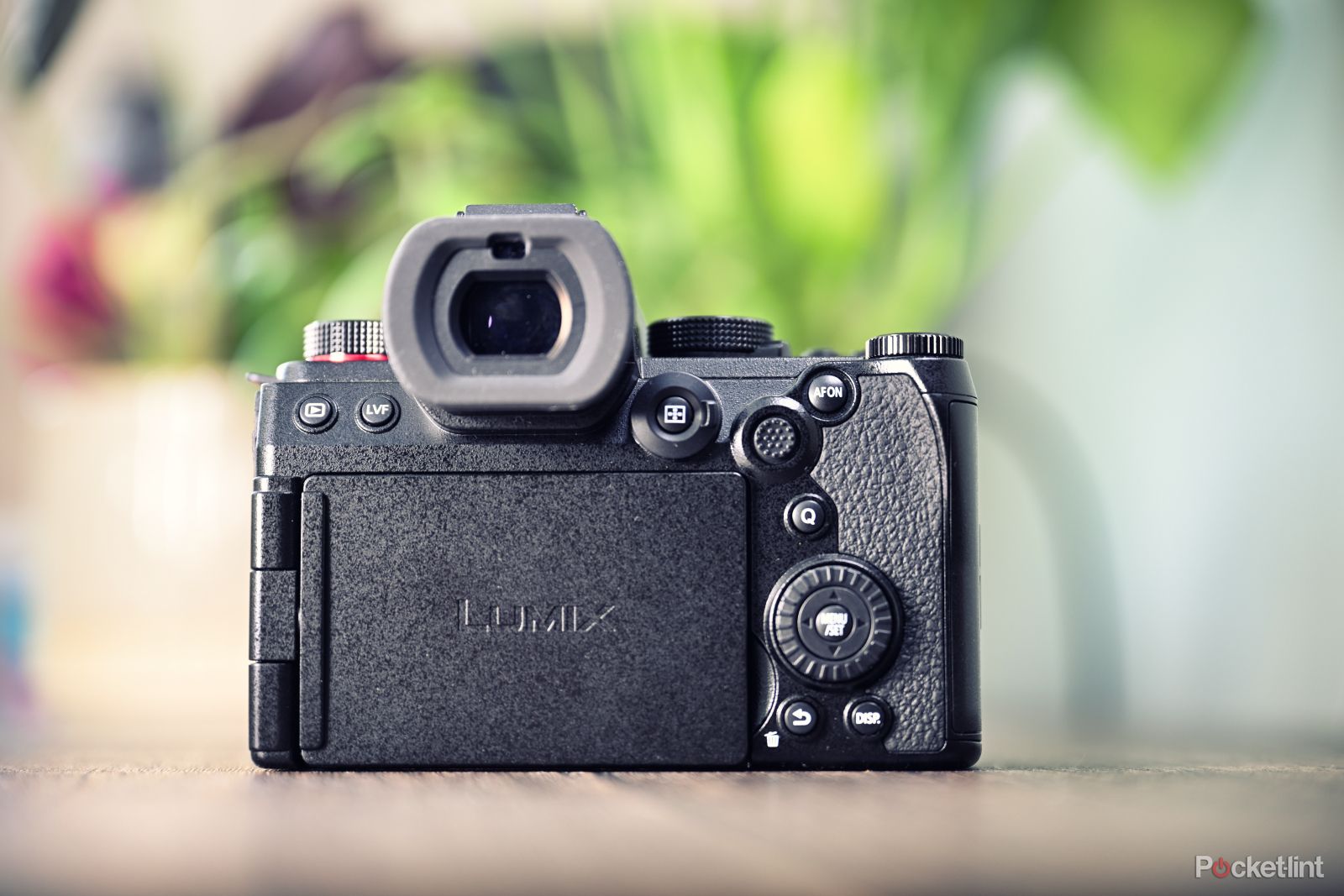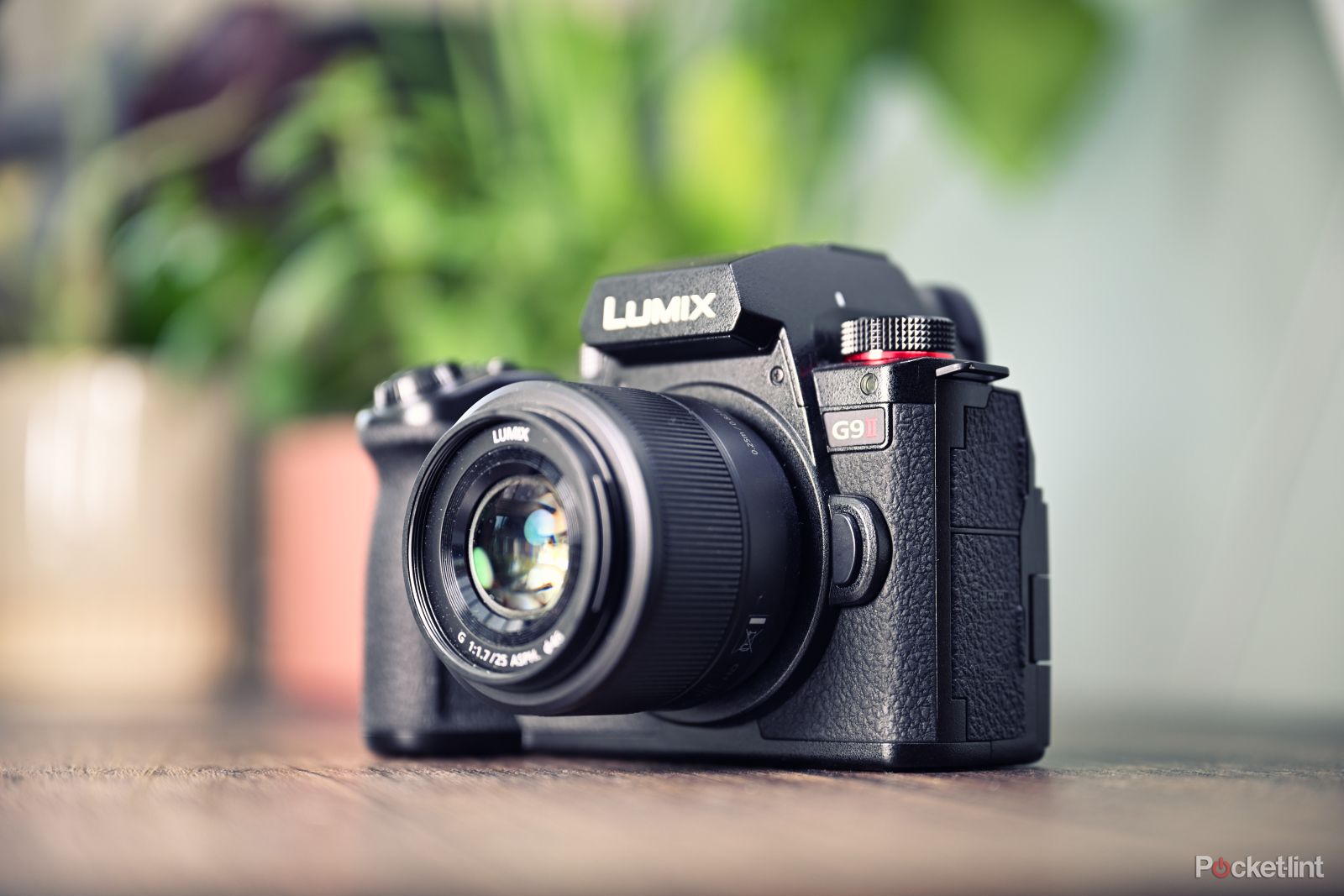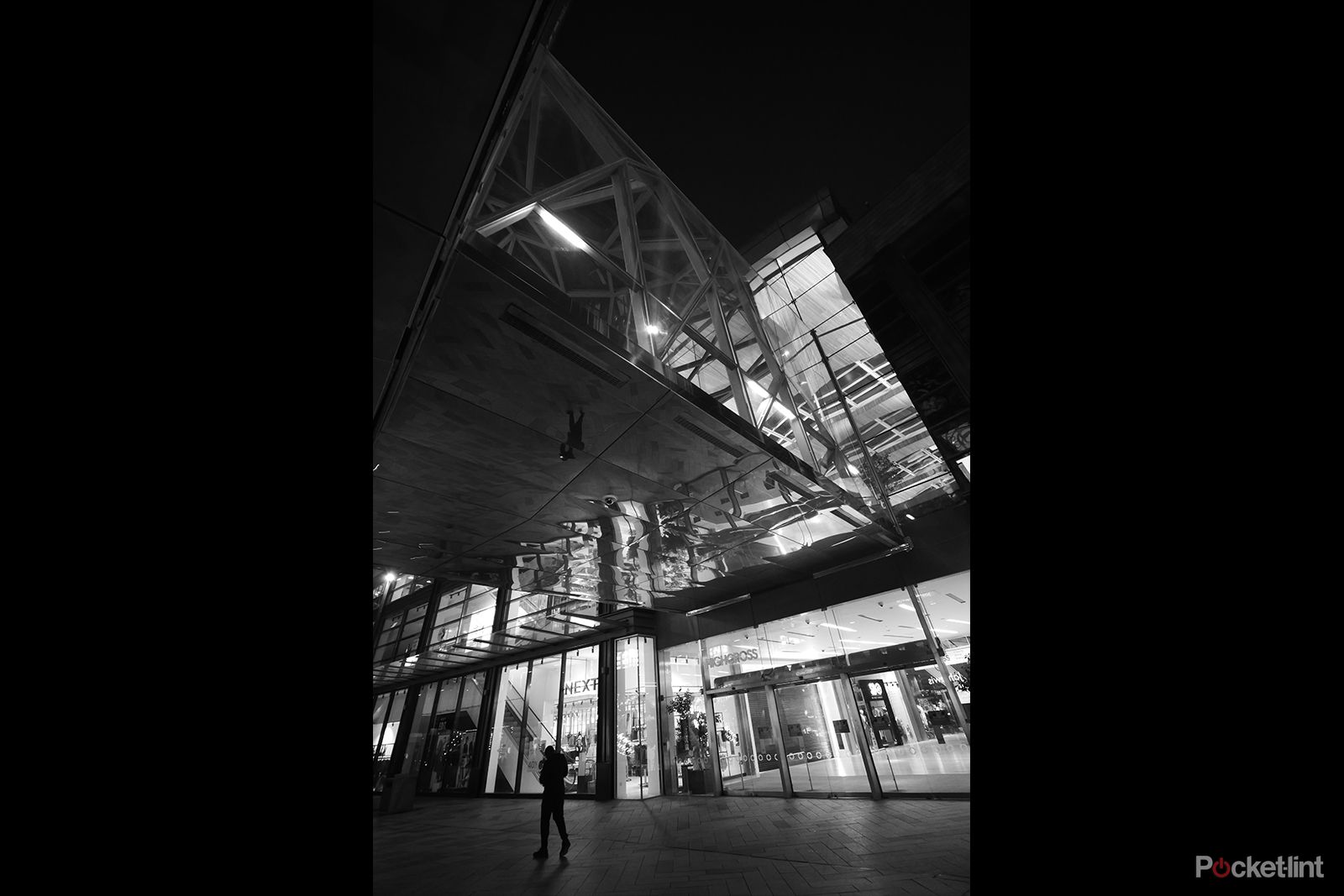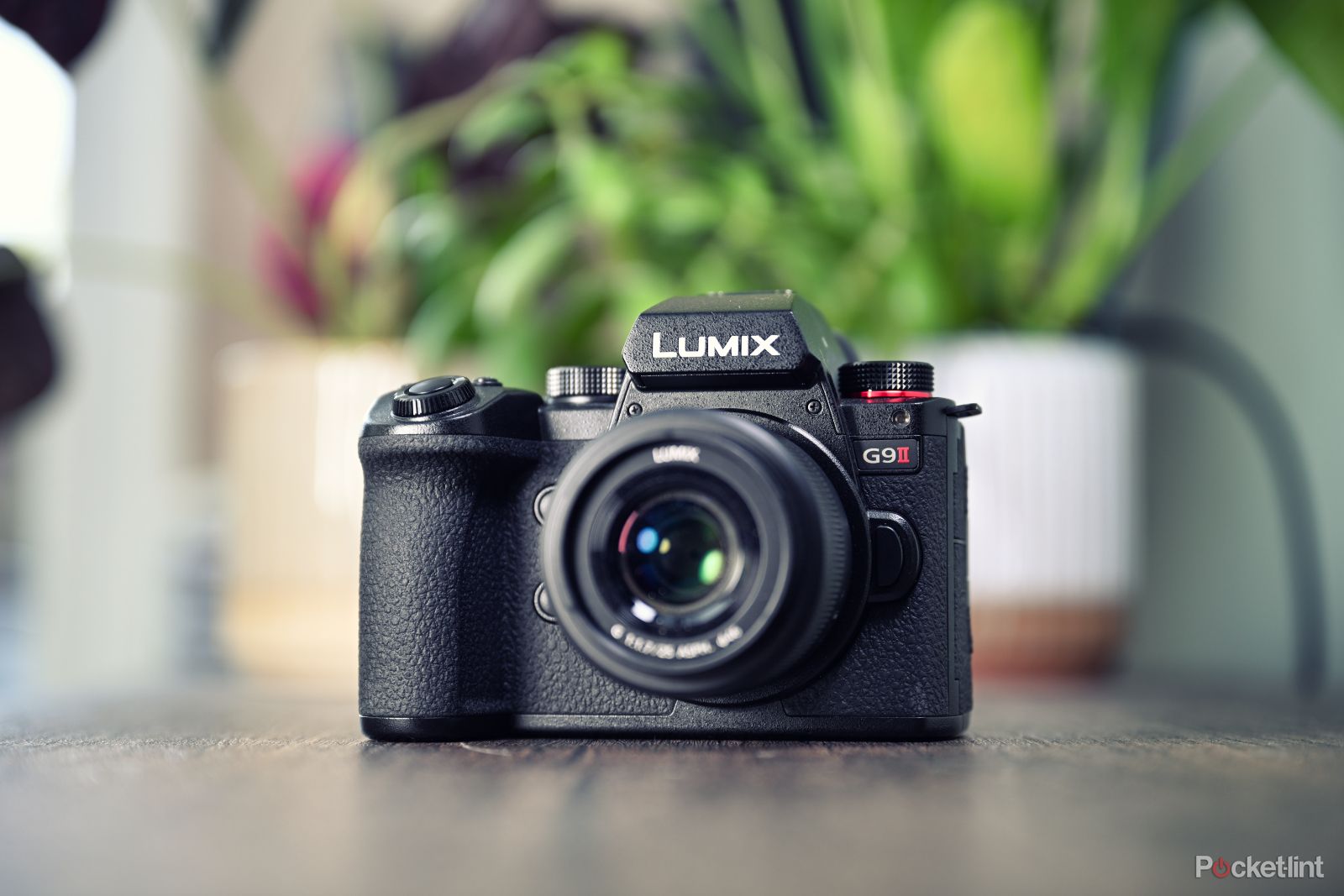
People have been speculating that the Micro Four Thirds system is on its way out for years, and with Panasonic’s recent focus on full-frame bodies, that was starting to feel more like a reality. Then, out of nowhere, the G9ii arrived on the scene, and the system is more alive than ever.
The G9ii introduces phase-detect autofocus for the first time on a Lumix Micro Four Thirds body, along with a couple of new lenses to bolster the already expansive ecosystem. Suddenly, it’s a good time to be a fan of smaller snappers.
I’ve spent some quality time shooting with this pint-sized powerhouse, and here’s how I got on.
Panasonic
Panasonic Lumix G9ii
Editor’s Choice
Whether you’re a photographer or a video shooter, the G9ii has loads to offer. If you find the compact lenses of the MFT system appealing, this is the body to pair with them, it can do just about anything.
- Amazing autofocus
- Class-leading IBIS
- Fast burst shooting and pre-burst
- 5.3K60 / 4K120 in 10 bit 4:2:2
- Internal ProRes recording and V Log
- Pretty large for an MFT body
Specs, price and availability
The Lumix G9ii is priced at $1899 / £1699 / €1899 and will begin shipping later in November 2023. Considering that the Lumix GH6 carries a higher MSRP, and is still often sold at around this price, I can imagine the G9ii being extremely popular with anyone who has already invested in MFT glass.
Panasonic Lumix G9ii
- Sensor Size
- Micro Four Thirds
- Video Resolution
- Up to 5.8K30 / 4K120
- Photo Resolution
- 25.21MP
- Battery
- 7.2V 2200mAh
- Size
- 134.3×102.3×90.1 mm
- Weight
- 658g
Design
The Lumix G9ii adopts a new design that’s a little less G9, and a little more S5II. Gone are the sloping angles on the top panel, replaced by a flat top that looks a touch more modern, in my eyes. Also gone is the LCD settings panel, which some users are sure to miss. In its place, you get a much more prominent record button, which hints at this camera’s hybrid chops, and a drive select wheel, as well as the usual PASM dial.
Around the back, things are a little more familiar, with most of the same buttons present, even if they have shifted positions very slightly. What’s new, though, is the AF-selection joystick, which now supports 8-direction input, rather than 4-directions on the original G9. The location of the eye sensor has moved, too. It’s now at the top of the EVF eyecup which should result in fewer accidental activations, and in my testing so far, it seems to work as advertised.
The EVF is otherwise unchanged, but the flip-out touchscreen LCD screen has been given a bump in resolution. It’s now 1840k dots compared to 1040k on its predecessor. In practice, it works well, it’s not likely to blow your mind, but I can’t imagine anyone complaining about it, either.
When it comes to connectivity, the G9ii is extremely well-equipped. You get two SD card slots, a full-size HDMI output and separate headphone and microphone sockets. There’s a USB-C port, replacing the archaic micro-B port of the G9, and it’s full-featured. You can use it to charge the camera, power it in use with USB-PD and even record directly to a portable SSD.
Photographic performance
The G9ii is capable of capturing 25.2MP images, up from 20.33MP on the G9, but that’s not the exciting part. Instead, the big draw is the move to a phase detection autofocus system, just like we saw on the S5ii / S5iiX. For years this is something that Micro Four Thirds shooters have been begging for, and it has finally arrived.
The other big difference is the improved in-body image stabilisation system, which now compensates for up to 8 stops of movement, compared to 6.5 stops on the older model. In practice, it works brilliantly, it’s more stable than the S5II, and possibly a touch better than the GH6, too. If you have relatively steady hands, you can capture tack sharp shots with a 1-second exposure time, probably longer if you haven’t had too many coffees.
Another advantage of this improved IBIS is that it enables the capture of 100MP stills by shifting the sensor – and it can do it handheld, just like the GH6. With most other camera brands, this technique requires the camera to be placed on a tripod, and then have the photos merged using desktop software. But on the G9ii, it’s seamless, everything is done in camera and it’s so much easier. Honestly, it’s not the kind of thing I can see myself using very often, but the results are good, so long as you have a mostly static subject.
Also new to this model, is the inclusion of 19 built-in photo styles, which work a lot like Fujifilm’s film simulation modes. Crucially, the list includes Leica Monochrome, a popular profile with those who shoot on Leica’s pricey digital bodies – and it’s great to see it appear on this relatively affordable Lumix option. If moody black-and-white street snaps are your thing, you’re sure to enjoy it.
My initial hands-on session took place at a safari park, and I shot almost exclusively with the Lumix 100-400mm f4-6.3 ASPH to get up close and personal with the animals. The camera was put into animal eye-detect autofocus mode, and it did a sterling job with even the most unusual-looking creatures. The only real hiccups occurred when an animal was behind a wire fence, but that’s typical of just about every autofocus system out there.
When I got the camera in for a full review, I shot with my own lenses, including the Lumix 25mm f/1.7, Laowa 7.5mm f/2.8 and the Leica 12-60mm. I was impressed with the shots I was able to capture in a variety of lighting conditions.
I normally shoot on a GH6, and the image quality is very comparable, in fact, it might be the same sensor. There is a key difference to the photos, though, and that’s the fact that there is less noise in the shadowy areas at ISOs under 800. I’m not sure exactly what has been changed, likely something on the processing side, but it’s a definite improvement.
Of course, it goes without saying that the autofocus is on a whole new level, which means the percentage of usable shots captured was way higher than I’m accustomed to when shooting with the GH6.
Video performance
Even though the G9 was originally pitched as a photography-first camera, the lines are truly blurred with the G9ii, this camera is just as impressive for video, if not more impressive. Panasonic has included everything you could want and more, including external SSD recording, high-framerate video, 10-bit 4:2:2 colour in most modes and V Log installed right out of the box.
Compared to the current MFT video favourite, the GH6, it seems the only major difference is the lack of a fan to keep things cool under extended shooting. For what it’s worth, though, I never saw any overheating warnings shooting 4K120 in direct sunlight with G9ii, but this was with admittedly short clips.
Shooting video with the G9ii feels almost exactly like shooting video with my GH6, and the resulting image quality is very similar, too. It has all of my favourite slow-motion modes, including 4K 120fps, 1080p 300 fps along with ProRes options and six custom presets to fill with all of your most-used settings. You lose out on quad-channel audio, a CFexpress slot and a tally light, which could be important to some, but I rarely use them anyway.
The key difference is, you guessed it, the brilliant new autofocus system. I wouldn’t say it’s quite as good as Sony’s video autofocus, but it’s certainly not far behind, and I found I could happily rely on it to track subjects without hunting. It’s worlds apart from the finicky contrast-based system of the GH6.
Verdict
In my view, the Panasonic Lumix G9ii is the best Micro Four Thirds camera to date. The arrival of phase-detect autofocus is a game-changer, and the IBIS system just might be the best you’ll find in any camera. Not to mention the price, which is very competitive, especially with specifications such as these.
Given that the G9ii is supposed to be a photography-first camera, Panasonic could have easily held back some video features or implemented a recording limit, but there’s none of that. The G9ii can do basically everything that the GH6 can do, but with exceptional autofocus, and that makes it a very appealing option for video shooters.
If you like the idea of carrying smaller, lighter and more affordable lenses, without sacrificing usability or image quality, then this is the camera to buy. Now, if you’ll excuse me, I’m probably going to go out and get one.
Credit : Source Post

